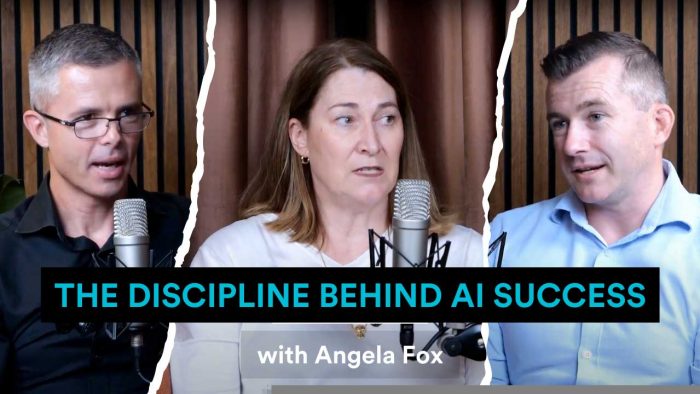Why you can’t just set and forget your Azure environment
An old boss of mine once told me to adopt a ‘growth’ mindset. At the time, I was far too young, immature and inexperienced to fully grasp the notion but essentially, he was telling me “Look for opportunities to improve. Always.” My recent attempts to execute that directive have shown that it’s an incredibly difficult thing to do because before you can ‘improve’, you firstly need to identify where you need improvement.
There are 2 distinct challenges with this:
- People are notoriously bad at self-identifying areas where they need help.
- Not everyone likes admitting they need help.
This concept holds similarly true when applied to businesses and their Azure environment. Imagine you’ve had your Azure cloud setup for a while now and you think it runs fine. A few hiccups here and there but for the most part, you’re fairly satisfied with it all. But what if you had no idea your current setup was non-compliant with industry standards? Or that the business was overpaying for certain services? Or was at risk of operational breakdowns in the future?
In times of uncertainty, you need someone who’s able to observe a situation and make astute recommendations based off those observations. These isolated moves may or may not significantly move the needle, but when combined, the outcomes clearly validate those decisions.
For example, let us take Sir David John Brailsford. ‘Dave’ was a pivotal figure in British Cycling history and most famous for his concept of ‘marginal gains’; “The whole principle came from the idea that if you broke down everything you could think of that goes into riding a bike, and then improved it by 1%, you will get a significant increase when you put them all together.”
What David was talking about were all the small things that seemed irrelevant when looked over with a passing glance, but played huge roles in the overall performance of the cycling team;
- He ensured the team’s bicycle storeroom was painted white. Why? To better see where dust particles were building up on and around the bikes, and to remove any potential performance disadvantages.
- He made sure overnight sleeping quarters were available at the training centres. Why? He reasoned that the back-and-forth travel involved for training sessions were causing unnecessary losses in time, energy and focus.
- He hired a surgeon to teach riders on the best method to wash their hands. Why? To reduce the chances of catching a cold.
- He worked with athletes to find the best pillow and mattress that best fit each individual. Why? To ensure the best night’s sleep possible.
And the results spoke for themselves. Within 5 years of his arrival, British cycling dominated at the 2008 Olympic Games, winning 60% of the gold medals available. 4 years later, at the 2012 Olympic Games, they set nine Olympic records and seven world records. That same year, Bradley Wiggins of British Cycling became the first British rider to win the Tour de France, and another British cycler, Chris Froome, would win the same event in 2013, 2015, 2016 and 2017.
Similarly, Macquarie Cloud Services looks to help – for everyone already on Azure, we proudly present our Azure optimisation program, Macquarie Lens.
Macquarie Lens is a self-administered cloud analytics portal, developed by us in collaboration with VMware, that provides a complete analysis of your Azure architecture, including insights across all your Azure services, policies, risk exposure and best practices specific to true Azure cloud-native operations.
Here’s a couple of key points:
- The Azure optimisation assessment and architecture, normally valued at $2500, are free of charge. Why? Because we believe that any operational optimisations, performance tuning and average savings of 26% on your Azure bill are far too important to potentially miss out on.
- We’ll validate the business and technical outcomes to be delivered via a statement of work and conduct the assessment against the agreed scope. Why? To ensure we set proper boundaries on what recommendations we deliver.
- The self-service portal allows customers to select which Azure subscriptions to review and requires read-only rights. Why? To alleviate any privacy concerns and remove any potential impact on IT environments.
- Following the 28-day engagement, we’ll present a fully transparent report, prioritising recommendations from our operational experience. Why? Because even if the audit says your Azure environment is as efficient as it can be, you deserve to know and have that peace of mind.
Australia’s No. 1 ‘Azure only’ managed service provider is helping to put you in the driver’s seat.
If you’re interested in anything I’ve talked about, or just curious to see if Macquarie Cloud Services is serious about our offer, the team are always keen to discuss security, reducing costs, service hardening, governance, and complying with Managed Azure defaults.




